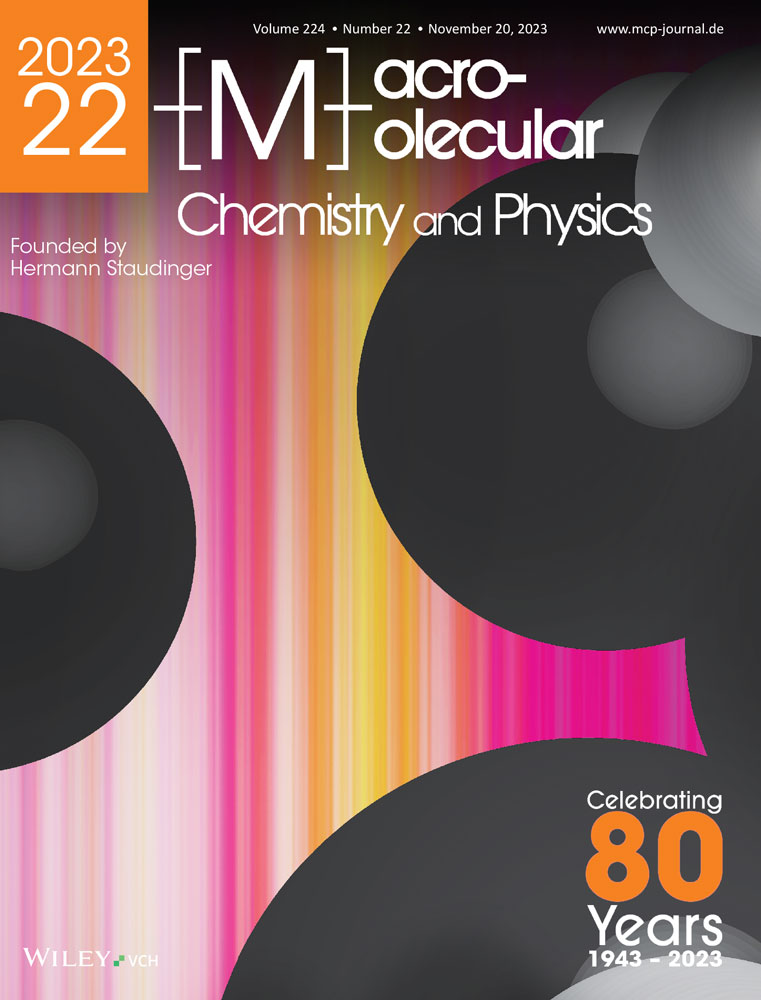Research on Improving the Pre-Oxidation Process of the Excellent Mechanical Strength Carbon Fiber
Abstract
This study uses synchrotron wide-angle X-ray diffraction (WAXD) and synchrotron small angle X-ray scattering (SAXS) to carry out an in situ study of the pre-oxidation process of polyacrylonitrile (PAN) fibers with two different preparation processes. Through analysis of 2D WAXD/SAXS data, this study divides the evolution of PAN fiber's crystal and microporous structures during pre-oxidation into three and two stages, respectively. The evolution of PAN fiber's crystal structure during pre-oxidation can be divided into three stages: 1) Initial stage: small-sized crystals melt, crystal orientation decreases, and no cyclization reactions occur. 2) Intermediate stage: cyclization reactions happen in the amorphous region, leading to increased crystal size, crystal orientation, and crystallinity. 3) Final stage: cyclization reactions occur in the crystal region, resulting in reduced crystal size and orientation. The evolution of microporous structure can be divided into two stages: microporous shrinkage stage and microporous expansion stage. These features are analyzed using 2D WAXD/SAXS techniques. This study provides valuable references and guidance for the industrial production of PAN fibers by exploring the mechanism of the pre-oxidation process in-depth.
Conflict of Interest
The authors declare no conflict of interest.
Open Research
Data Availability Statement
Research data are not shared.




